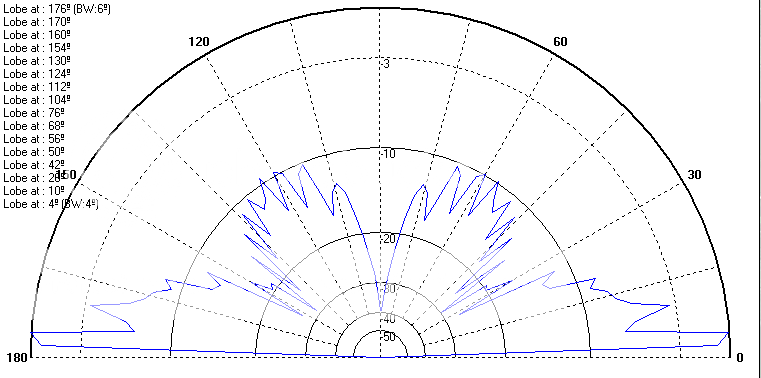It was the late L.B. Cebik that said the Sigma was a non apparent collinear radiator. Bob 85 has posts in this forum with regards Cebik's comments. Cebik suggests that this collinear is somehow formed by folding the radials upward. All I can say is if you place the radials in any orientation other then folded up, this antenna is a complete flop! I think the gain is all about the radials causing the bottom section to radiate in phase with the top. Fold the radials down on the same 3/4 wave radiator and the antenna has less gain on the horizon then a 1/4 wave.
I agree SW, I don't think anybody is confused on the issue that the radials need to be raised for the Sigma 4 to work like it does. Seeing as I don't know for sure whether the Sigma/Vector works based on compression or due to its being collinear like Bob tells us Cebik told him, I wouldn't argue either way. Both ways seem plausible to me.
I would like to see the actual amp readings per segment though, just maybe it might indicate if there is a normal magnitude of currents flowing in the top 1/2 wave or not. At the very least it might indicate that the 1/4 wave currents are stronger and then we could wonder about that. Such a consideration might lend some credence to the Sigma being collinear or not. Why else would the current magnitude in the 1/4 wave appear, in most of the images so far, to be almost double that of the 1/2 wave up above? Maybe the guy claiming the current in the top 1/2 wave is less, is correct.
Dxer or the others, does your output have a report that records the actual current in amperes per segment?
Just and idea guys, cause I really don't know the truth.






